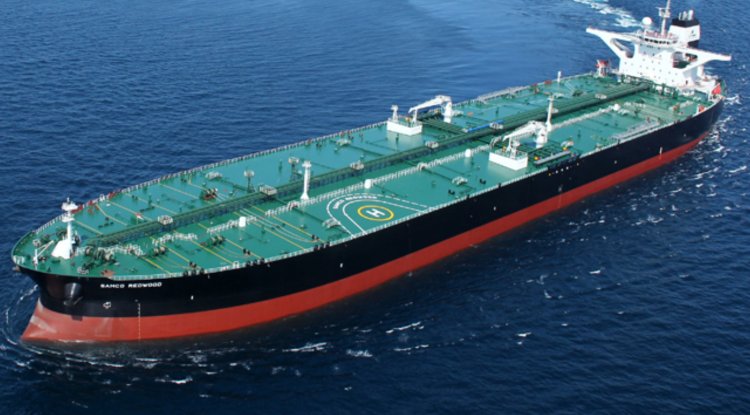What is Web3 and how will it change your life

The Internet underwent significant modifications beginning in the 1990s when several ideas were embraced by a large enough number of its users and developers to become the standard.
Web 2.0 sites today include YouTube, Facebook, Twitter, and Reddit. In the following sections, we will discuss Web3 in further detail and how this potential may alter your digital life as you have known it thus far.
Servers and bandwidth were expensive commodities when the Internet was first making its way into people's homes across the world. A big upfront investment was necessary to construct and launch a website capable of handling high volumes of visitors.
One approach to avoid this was to show the visitor as little property as possible. As a result, the pages from the 1990s have a reputation for being unique and aesthetically unappealing.
This era's relics can still be found today. The market for bandwidth and storage began to sag at the beginning of the mid-2000s. Startups that survived the "Dot-com Bubble" have continued to incorporate new concepts on how visitors might interact with their sites, transforming them into creators. This is how sites like YouTube and MySpace got their start. The latter failed, but the concept was picked up by Facebook. It was the Web 2.0 era.
Web 2.0 is designed for two key things:
- The pages were more property-rich, which resulted in major visual enhancements that made them easier to navigate and point visitors on the appropriate path without requiring them to read the entire menu. Consider how sites like YouTube, Facebook, and Twitter aim to decrease user interface clutter by eliminating huge menus and even going so far as to limit each thing to one word (i.e. Home, Subscriptions, History, Tweet, Messages, Tags, and so on). Variations on a single color scheme are used to highlight items (similar to the Follow / Like button on social media).
- The majority of internet traffic began to congregate around sites that permitted user-generated content (tweets, videos, blogs, status updates, etc.).
While most individuals in Web 1.0 were consumers, the following version of websites encouraged people to create their own content and share it with the rest of the world.
What is Web3?
One of the most serious issues with the Web 2.0 model is that it has resulted in increasing centralization of Internet infrastructure. Facebook, YouTube, and Google have effectively become monopolies, controlling a sizable share of all Internet traffic.
As a result, both developers and their users have been placed in an unpleasant situation, as they were the first to engage in behaviors that sparked widespread charges of censorship.
Some people are discussing decentralizing web services to remedy this problem around 2015 (although the exact year is impossible to predict). Simply defined, the Web3 philosophy is exclusively centered on the usage of Blockchain to decentralize specific components of the web.
Blockchains are similar to databases in that they can only be used to store and record data, not erase it. They are usually immutable (you can't erase something after it's been created) and redundant.
It's easy to understand how blockchains could be used in finance. It is an immutable record of every transaction that has ever occurred on a distributed network. What could be better for the bank than that?
Because Blockchain is distributed over numerous nodes, it is simple to restore lost data in the event of a disaster. Assume you own a bank in Germany, and your Berlin branch suffered a technical failure that destroyed all transaction data.
Only data from Frankfurt is available. Everything is the same! Once the problem has been fixed, your Berlin branch will retrieve all transaction data from any other branches that are still open.
Blockchain is used by digital currencies such as Bitcoin because it provides the ideal platform for creating an immutable book that cannot be "seized." (It will be difficult to hack into thousands or millions of personal computers around the world.)
Reasons why Blockchains are important in the Web3 protocol?
Blockchains are extremely resilient because they may be decentralized and host different systems at the same time. The technology is currently developing a negative reputation as a result of all the frauds in the world of cryptocurrencies and digital tokens.
However, as more mature implementations emerge and the "Wild West" phase fades, we are likely to see this become a fundamental feature of Internet services, just like Facebook and Google have become integral parts of Web 2.0.
We've already seen Blockchain implementations mature into viable projects like Odysee and DTube. Both are video-sharing websites with distinct approaches to how they utilize Blockchain.
DTube, on the other hand, employs a chain to pull videos from other sites, storing only comments connected to those videos. The first employs a hybrid permitted Blockchain, but the second uses an unpermitted implementation.
Odysee currently has millions of viewers from all around the world, demonstrating that this model is viable for the future of the internet.
You may believe that a decentralized web for platforms is unthinkable, however, the concept of decentralization is not new. BitTorrent (a decentralized file-sharing protocol that leverages trackers and other layers of discovery) has, in fact, been around since 2001.
The argument is that decentralization has proven to be incredibly successful in the past with file sharing, and there is no reason why Blockchain cannot assist increase it in other areas, such as social media and search engines.
Does Web 3.0 handle data collection?
The issue of online data collecting and retrieval cannot be solved by technology. The introduction of new technologies into our lives is what has caused this problem in the first place.
In theory, the same Blockchain that someone uses to collect data on their front end may be used to establish another "front end" that does not. It is likely that the very existence of a public blockchain would put websites under competitive pressure to discontinue data mining.
The unpleasant reality of the situation is that the only genuine pressure that can possibly change anything must come from the users themselves, via their unwillingness to share data.
Consent legislation such as the GDPR and newer standards adopted by websites to allow visitors to govern the way their data is gathered has made some headway in addressing this issue, but the only real solution is to educate people until they become more aware of how they use the internet.





























